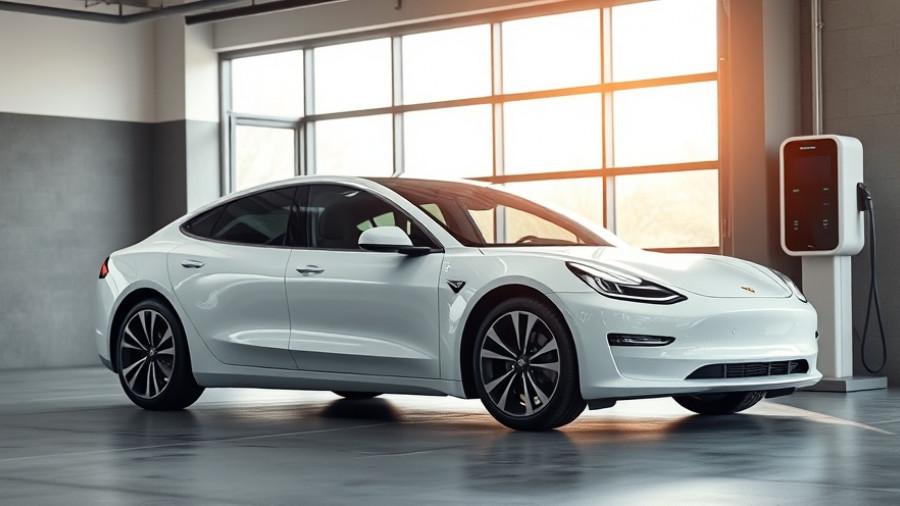
Is Xpeng's X9 Electric Van Ready for a European Launch?
Xpeng, a prominent Chinese electric vehicle manufacturer, is making headlines with its potential European expansion, particularly concerning its innovative X9 electric van. Having been available in China for nearly two years, the X9 has garnered attention for its impressive features and spacious build. Notably, the van is designed for versatility, catering to a range of needs, from luxury transportation to mobile office environments.
The Impressive Specs of the X9
The Xpeng X9 is not just an ordinary van; it seats up to seven passengers and measures an imposing 5.29 meters in length, with a wheelbase extending over 3.16 meters. Such dimensions promise a roomy interior ideal for both personal and professional use. In China, this vehicle has found popularity among various executive roles as a VIP shuttle, showcasing its potential for the European market where similar needs exist.
Charging Compatibility Opens European Doors
The recent sighting of a camouflaged X9 at a fast-charging station in Denmark reported by Electrive is significant. The fact that it utilized a CCS charging station without an adapter hints at Xpeng’s readiness to adapt the X9 for European charging standards. This move indicates that Xpeng is not only considering a market launch but might also be preparing for rigorous testing ahead of a potential release.
What Does This Mean for the European Market?
These developments come alongside Xpeng's ambition to enhance its global footprint, with CEO He Xiaopeng directly targeting a 50% revenue share from international markets within the next decade. Currently, overseas sales only account for 13% of their total, highlighting the substantial room for growth. The readiness of the X9 could mark a pivotal step in solidifying Xpeng’s presence in the competitive European EV market.
EV Market Dynamics and Future Outlook
Understanding the current dynamics of the EV market in Europe is essential for grasping the full potential of Xpeng’s offerings. With other major manufacturers like Mercedes-Benz also targeting this segment with their EQV successors, competition will be fierce. The influx of luxury electric MPVs like the X9 is reflective of a broader shift in consumer preference towards green transports that do not compromise on comfort or style.
How Green Energy Plays a Role
For homeowners and businesses considering the transition to electric vehicles, the emergence of models like the X9 underscores the importance of complementing transportation with sustainable energy solutions. Integrating electric vehicle chargers operated by solar power systems can not only enhance the environmental benefits but also lead to significant savings over time. As Xpeng explores the European market, the role of renewable energy in boosting EV uptake will be crucial.
Conclusion: The Road Ahead for Xpeng in Europe
Xpeng’s potential introduction of the X9 into the European market not only signifies its expansion ambitions but also speaks to a larger trend of increased competition in the luxury MPV segment among electric vehicles. As new models prepare to roll out, homeowners and businesses alike should consider the integration of solar power into their energy solutions to maximize the benefits of going electric. Understanding these developments can help consumers make informed decisions as the landscape of transportation continues to evolve.
Take action now and explore solar energy solutions that pair well with your electric vehicle investments. Transitioning to solar-powered EV charging not only promotes sustainability but also future-proofs your energy use.
 Add Row
Add Row  Add
Add 



Write A Comment